Sicily, Siculo-Punic (circa. 320-300 BC)
Southern Italy and Sicily were targeted by Greek city-states during the early centuries of the 1st Millennium BC. They sent out explorers and formed colonies and later cities, inhabited by Greeks, in what would become Magna Graecia or Greater Greece. These cities went on to strike their own coins. By the 4th Century BC, another ancient powerhouse, Carthage (modern-day Tunis, in Tunisia) had its sights set on the island.
This impressive silver tetradrachm was probably struck at the Siculo-Punic mint of Entella, and bears the inscription ‘MMHNT’, translating to ‘People of the Camp’, implying these coins were issued to pay troops fighting for Carthage. These tetradrachms coincide with a period of turmoil in Sicily, stemming from the assault of Agathokles, the Tyrant of Syracuse, on Carthaginian territories in 311 BC.
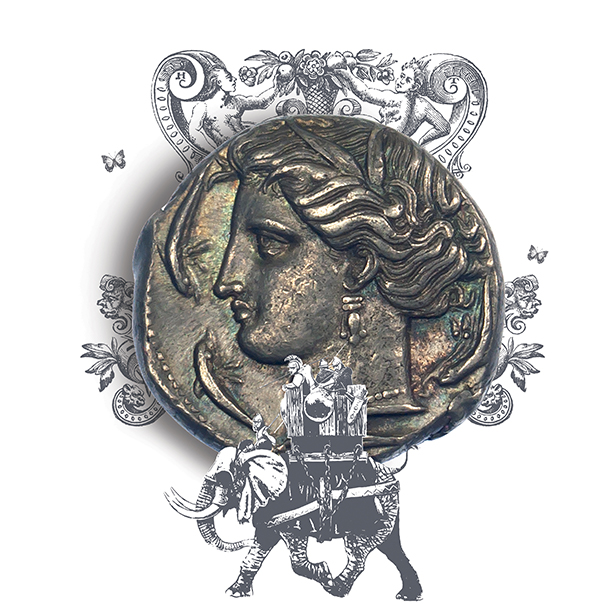
Carthage responded with a massive military campaign and took back almost all the island by 310 BC, eventually laying siege to Syracuse. As a last resort, Agathokles launched a counterattack on the city of Carthage itself (a tactic the Romans would use to great effect during the Second Punic War a century later).
In a foreshadowing of history, the Carthaginians were forced pull back their army to defend the homeland, but in this case, they were successful. Agathokles retreated to Sicily with a bloody nose in 307 BC, and after peace treaties, permitted to keep control over Syracuse.
OTHER COINS OF THIS period…
-
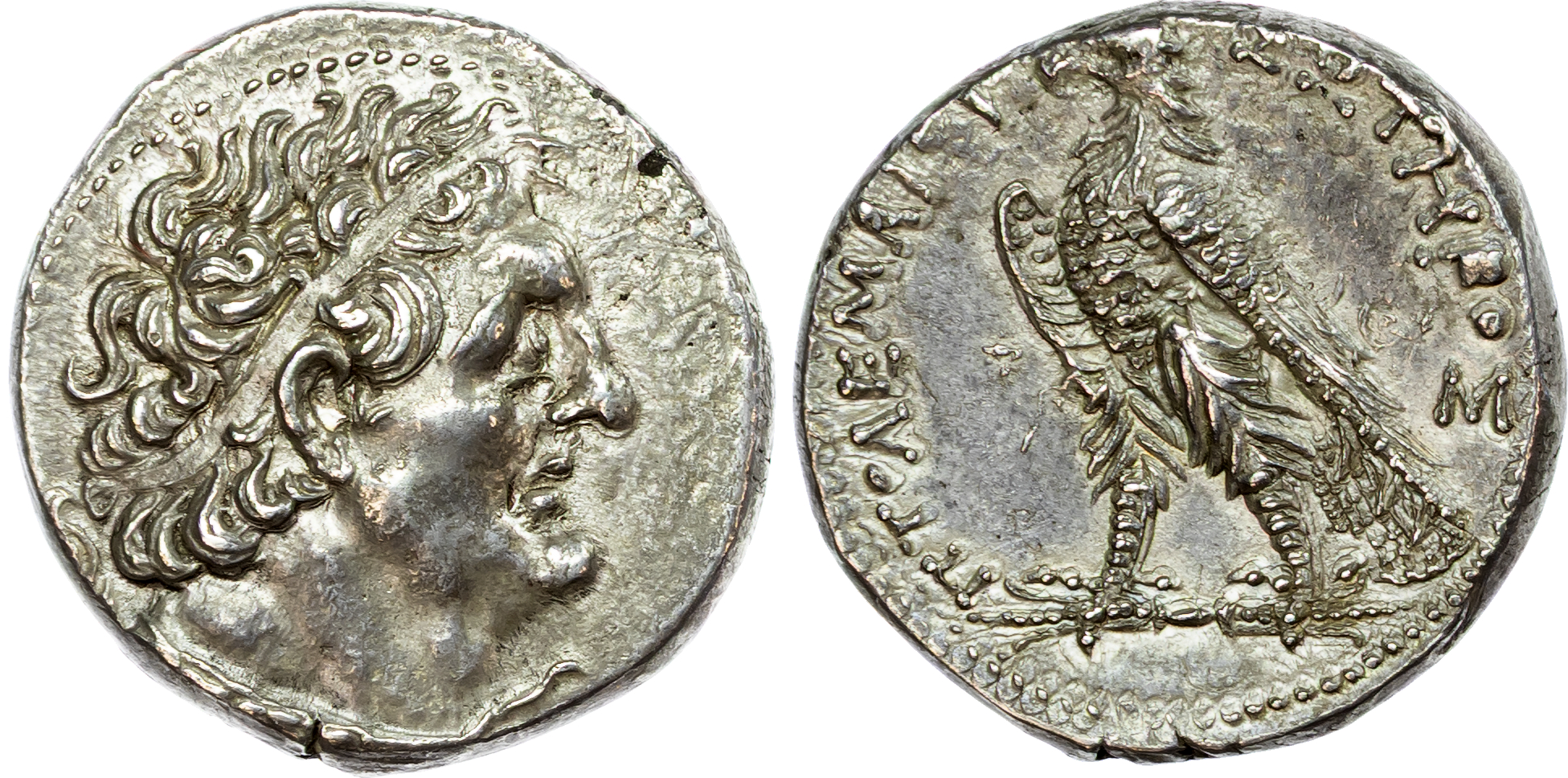 Egypt, Ptolemy VI, Silver Tetradrachm£795.00
Egypt, Ptolemy VI, Silver Tetradrachm£795.00 -
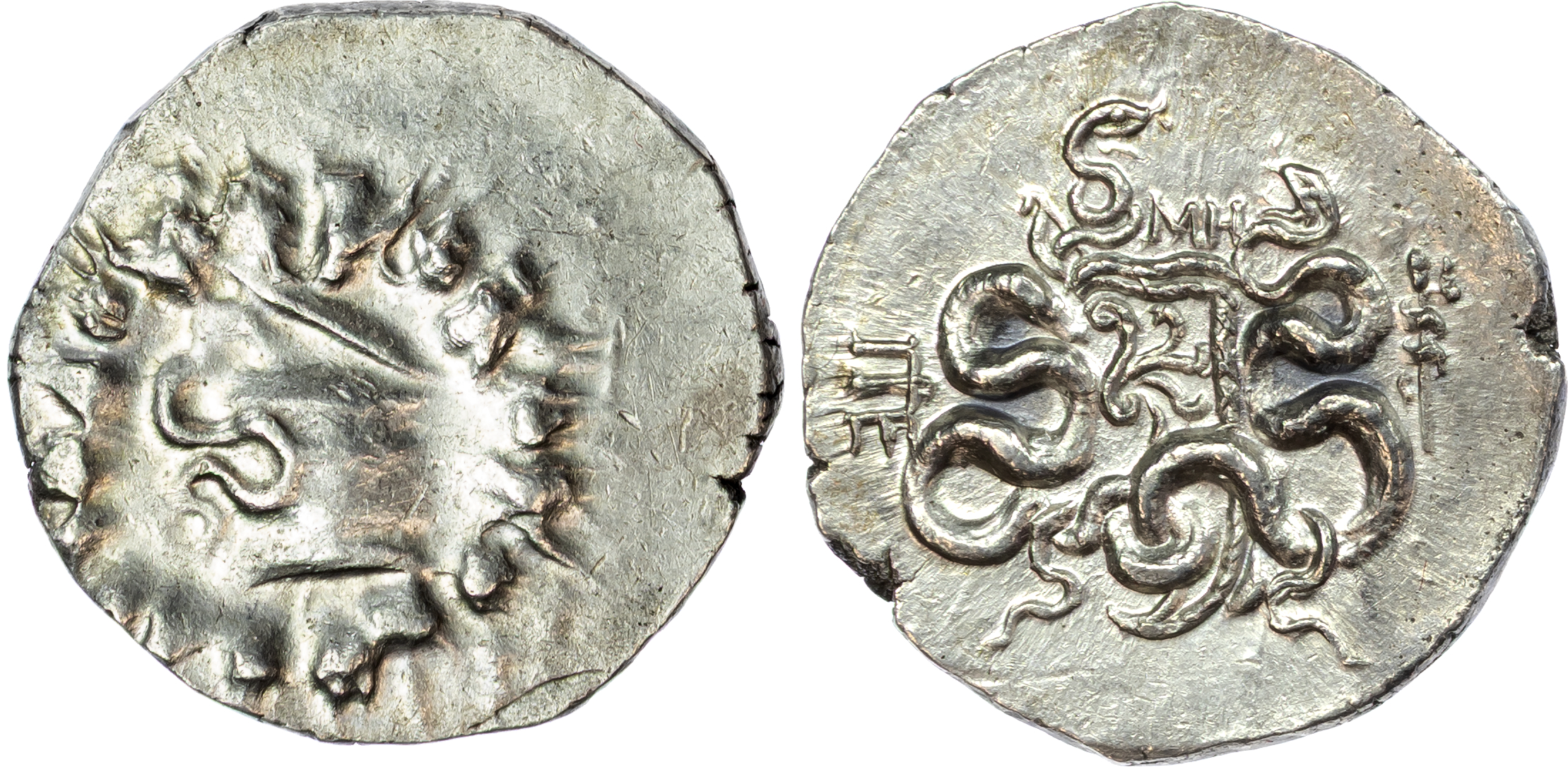 Mysia, Pergamon, Silver Tetradrachm
Mysia, Pergamon, Silver Tetradrachm -
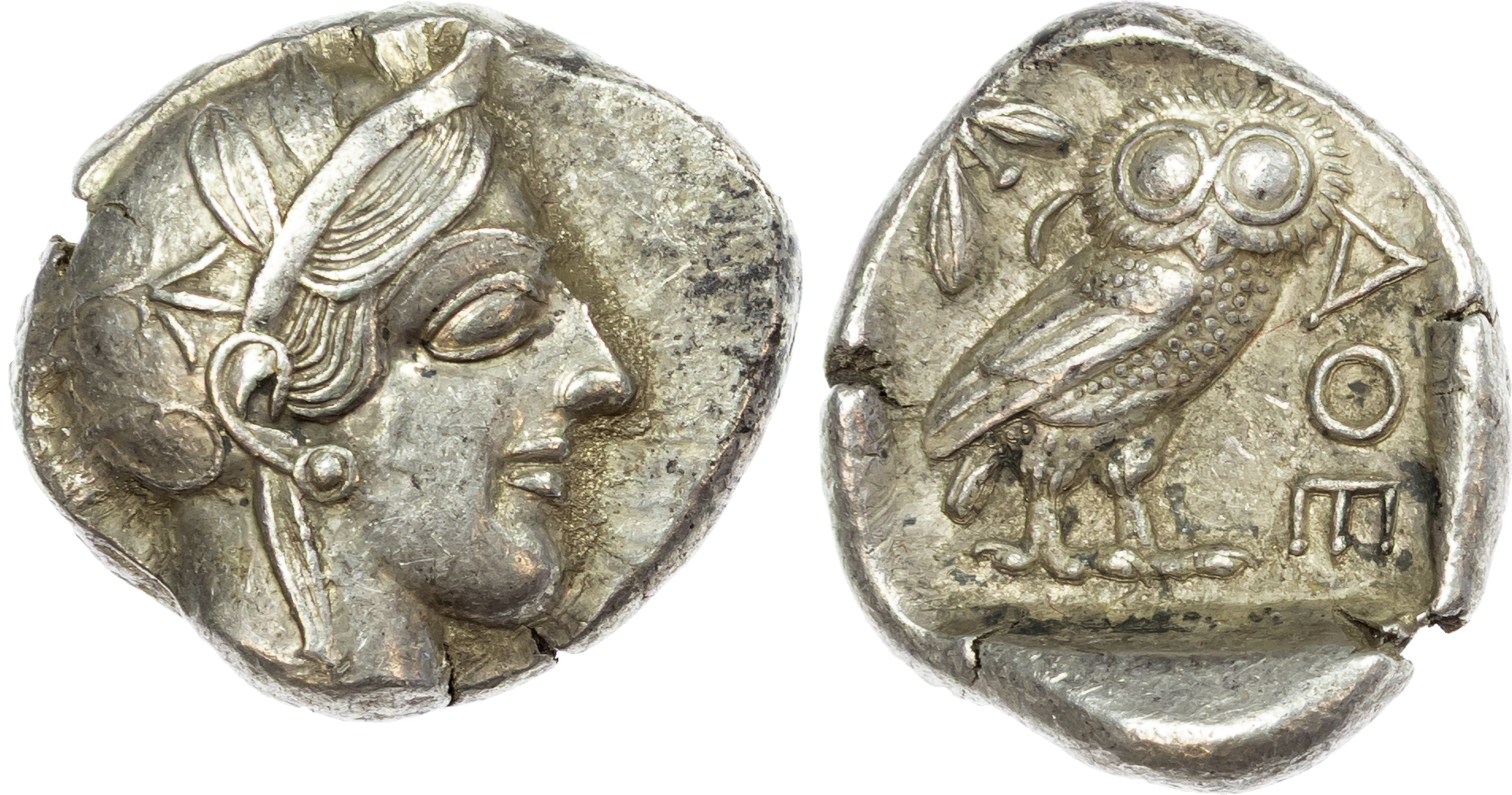 Athens, Silver Tetradrachm£995.00
Athens, Silver Tetradrachm£995.00 -
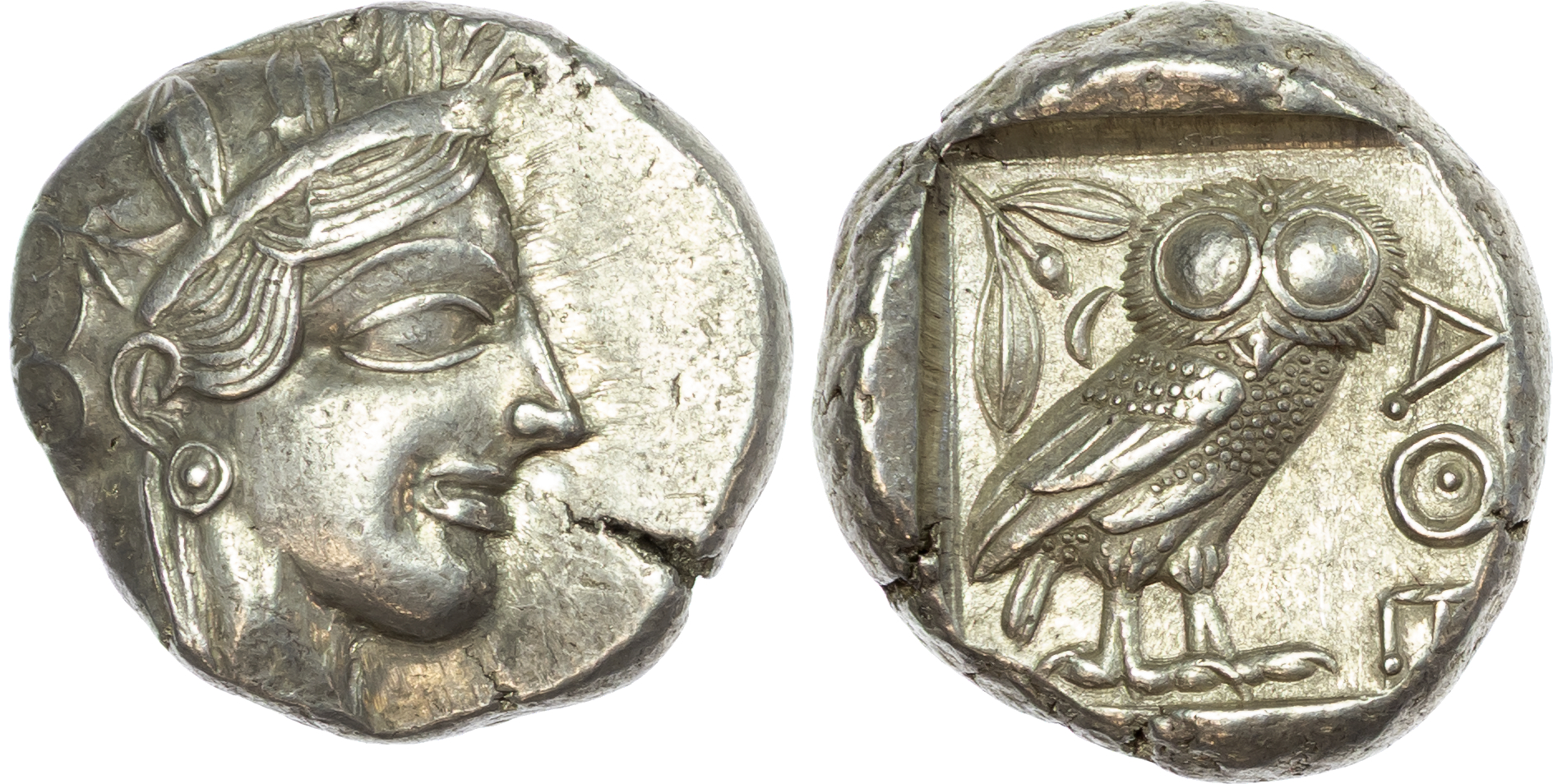 Athens, Silver Tetradrachm£995.00
Athens, Silver Tetradrachm£995.00 -
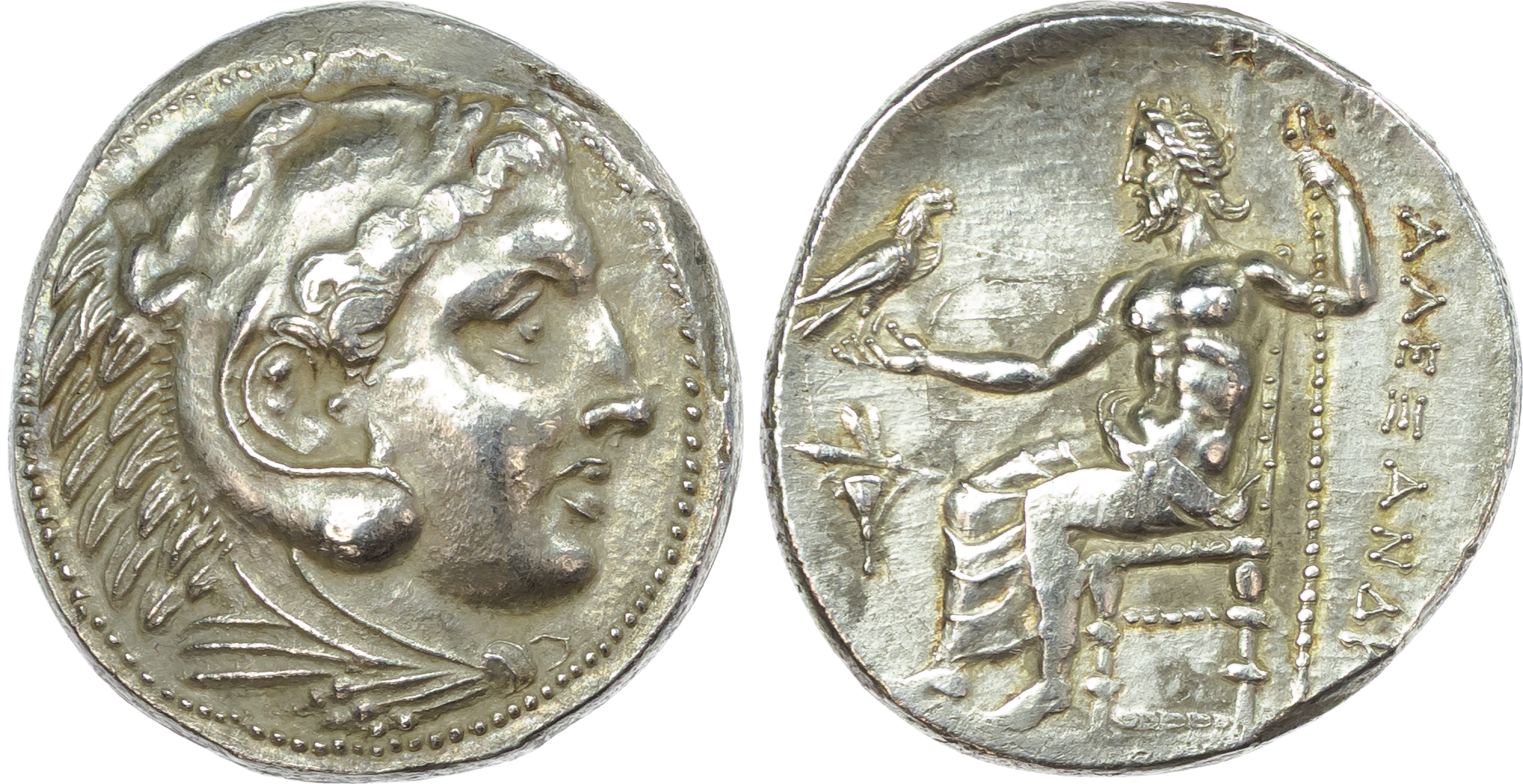 Alexander the Great, Silver Tetradrachm£1,650.00
Alexander the Great, Silver Tetradrachm£1,650.00 -
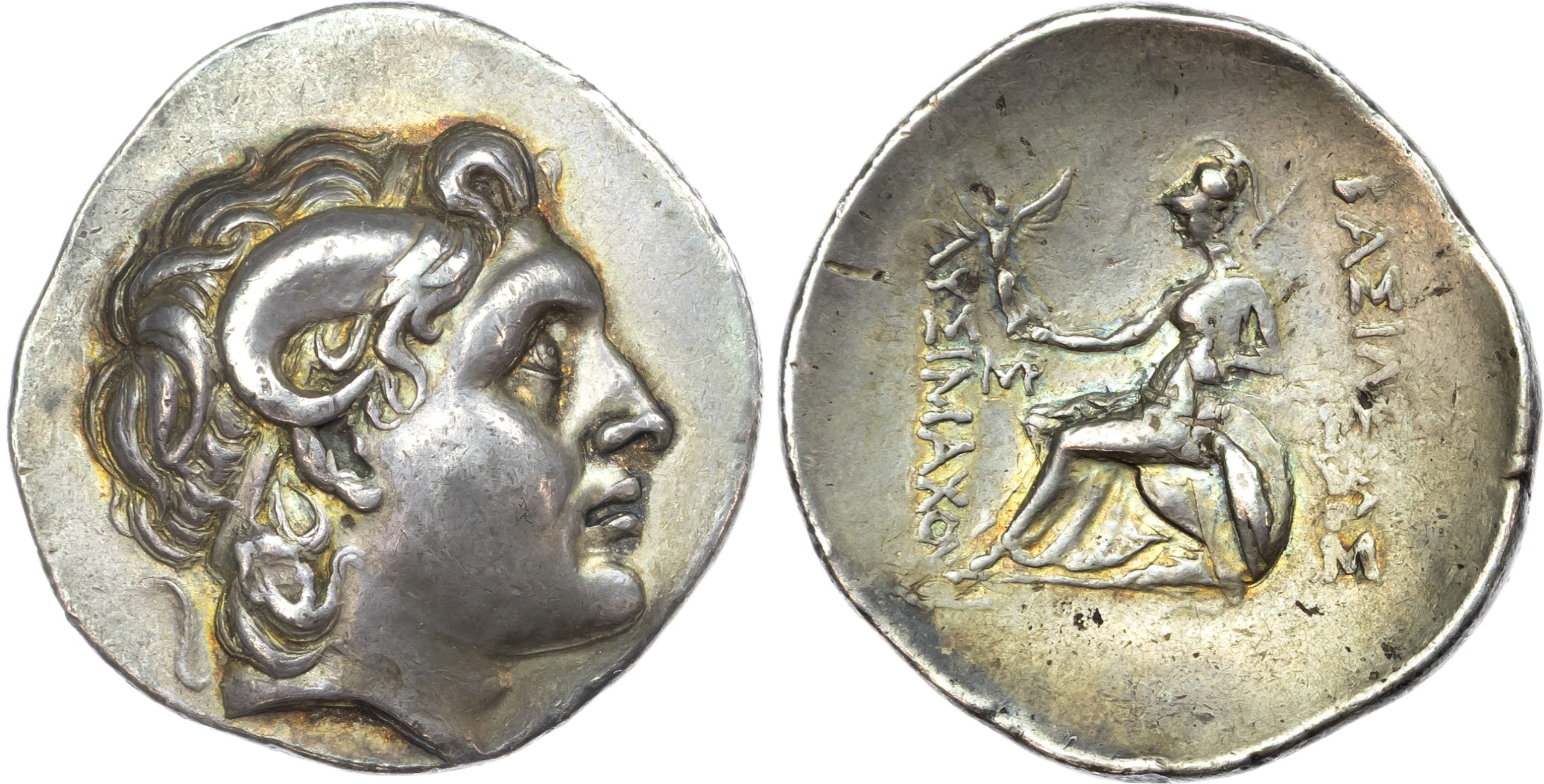 Lysimachos, Silver Tetradradrachm£1,950.00
Lysimachos, Silver Tetradradrachm£1,950.00 -
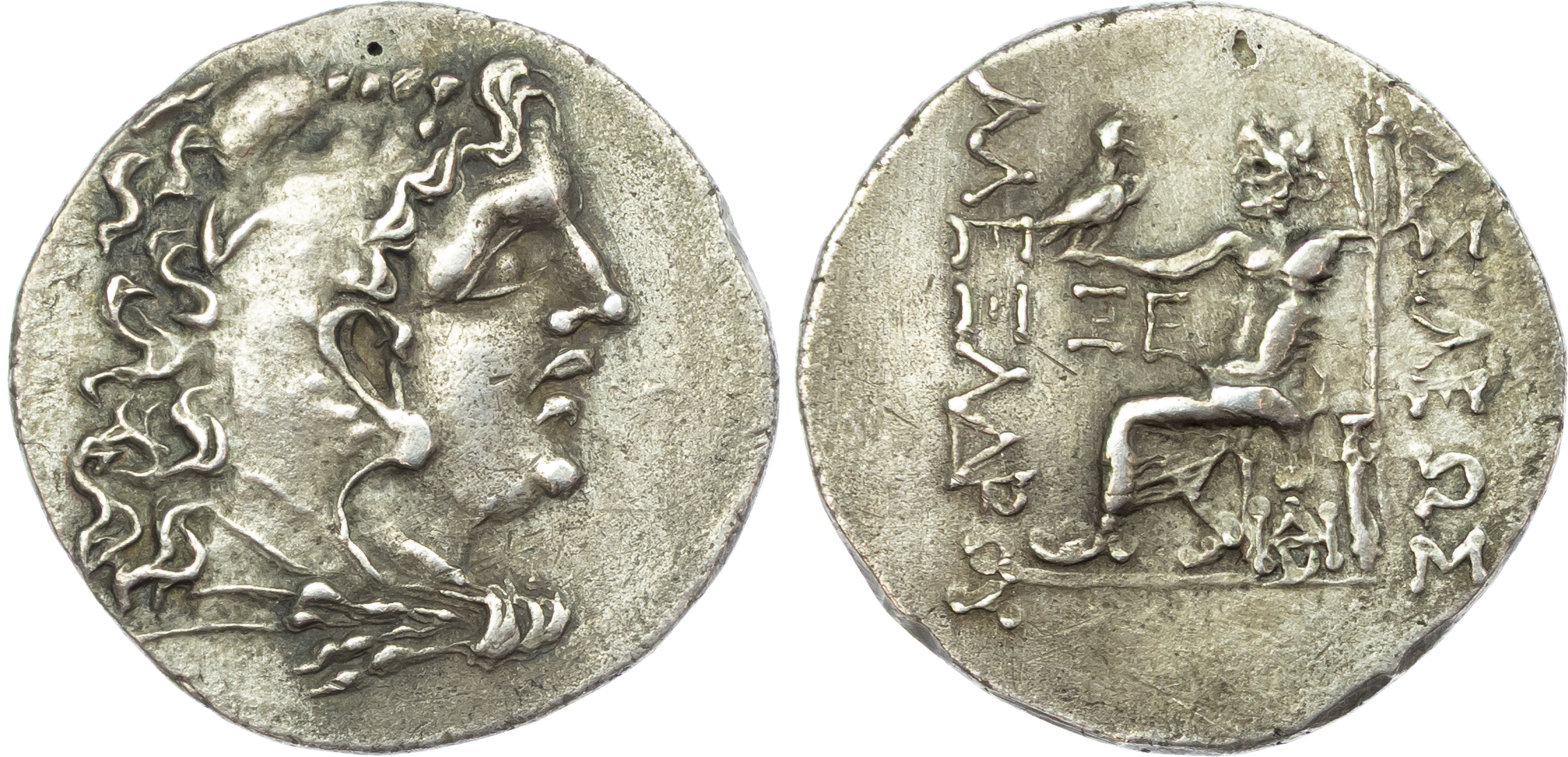 Thrace, Odessos, Silver Tetradrachm£575.00
Thrace, Odessos, Silver Tetradrachm£575.00 -
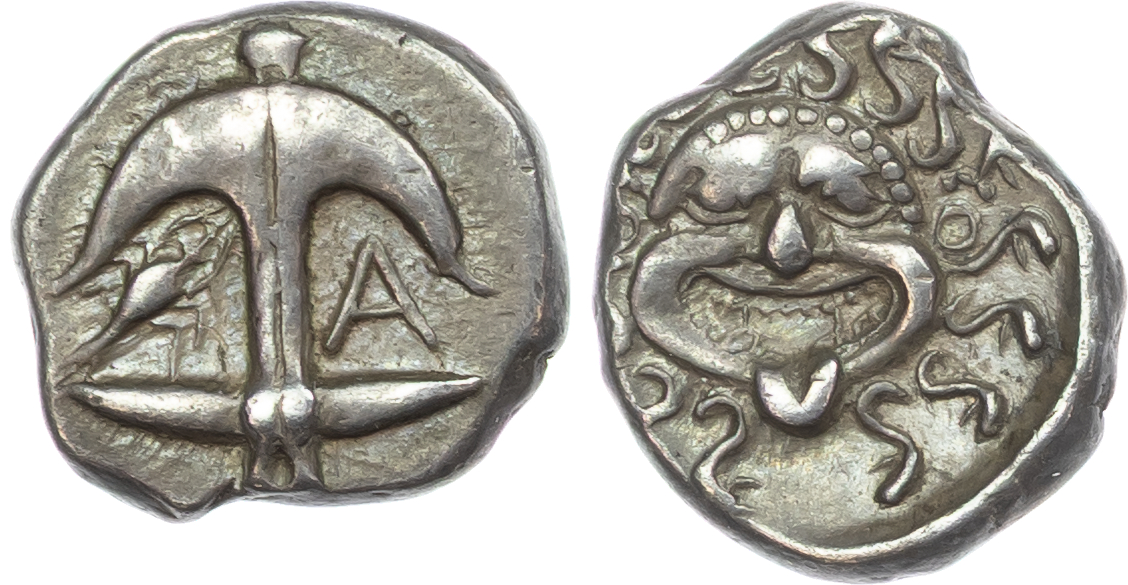 Thrace, Apollonia Pontika, Silver Hemidrachm£250.00
Thrace, Apollonia Pontika, Silver Hemidrachm£250.00 -
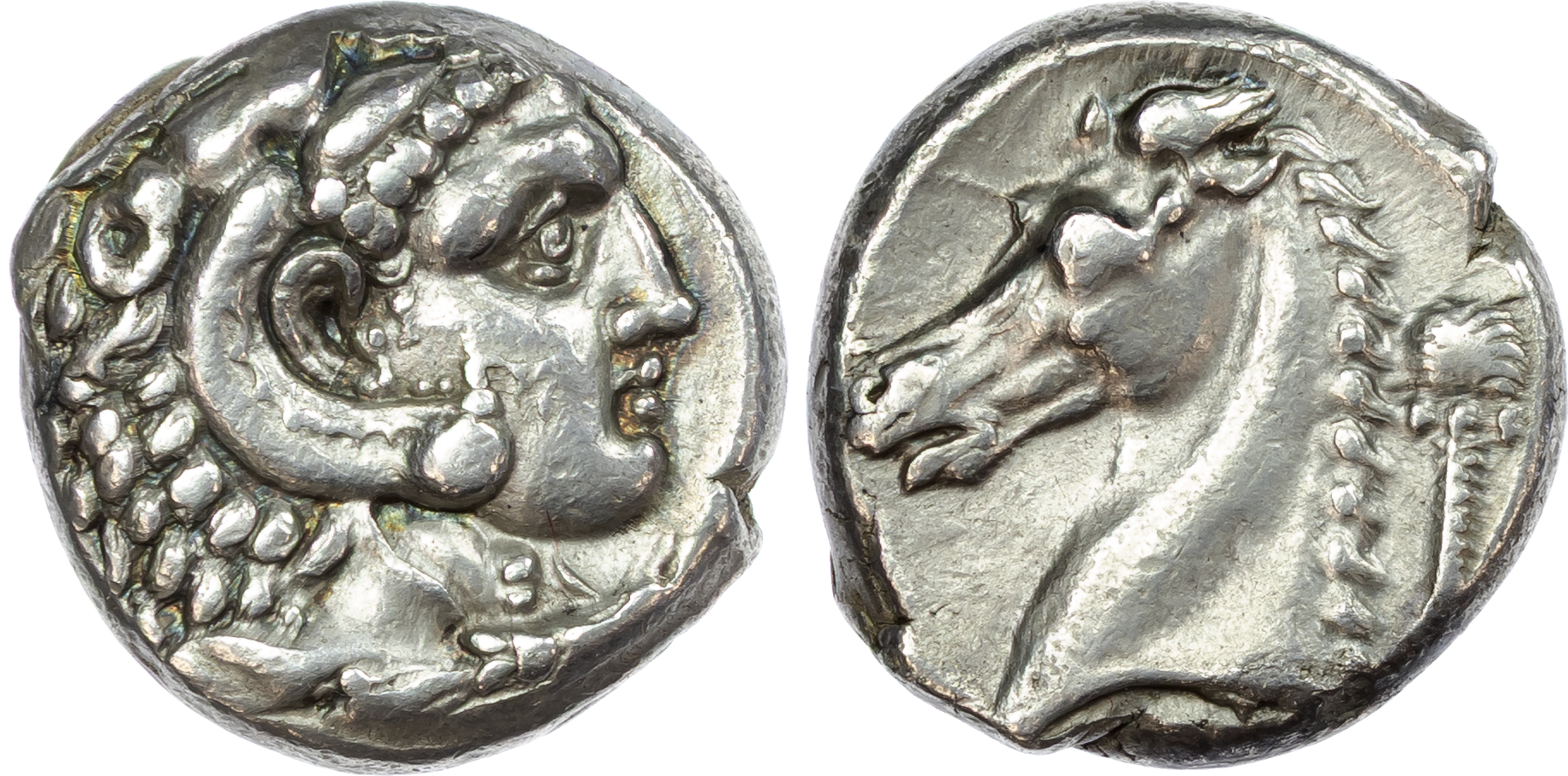 Siculo-Punic, Entella, Silver Tetradrachm£2,500.00
Siculo-Punic, Entella, Silver Tetradrachm£2,500.00
